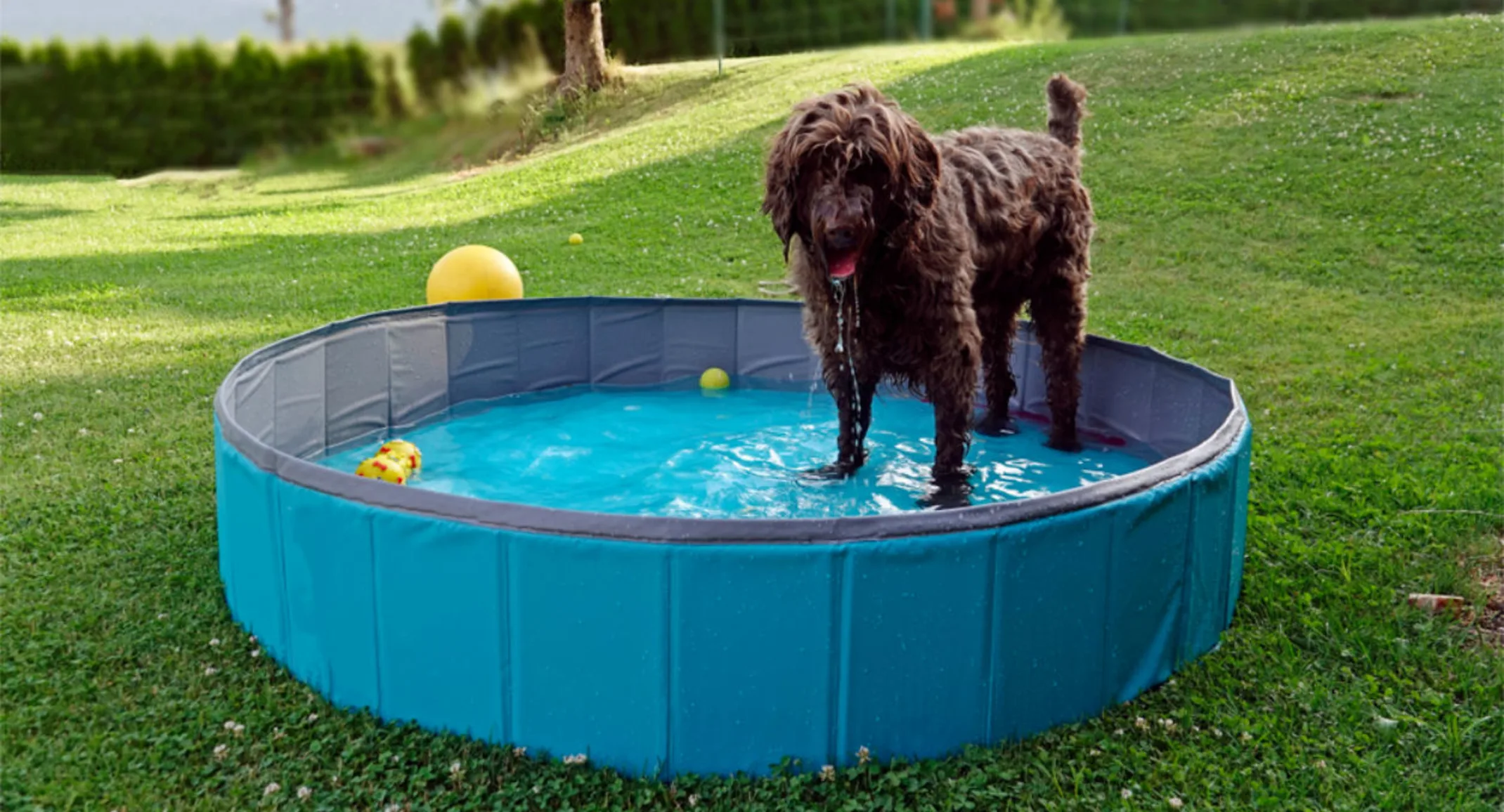Hot Weather Safety Tips for Pets
Health Tips

As temperatures rise, everyone (and their pets) flock outside to spend time in the nice weather.
But warmer weather can be rough on your pets if you’re not prepared. Hot weather-related conditions like heat stroke and dehydration are more common as temperatures rise, so it’s important to pay attention to the signs and use your judgment if it’s safe for your pet to be outdoors. Here are a few hot weather safety tips for pets.
Keep them cool
When the weather is hot, make sure your pet has plenty of options to stay cool. Cats and dogs only sweat through their paws, so it’s easy for them to overheat. Their primary method of cooling off is through their respiratory tract by panting (especially in dogs).
Puppies and kittens have an even harder time self-regulating their temperature. Short-nosed (brachycephalic), overweight, and senior pets are just some of the groups that are at a higher risk of overheating and getting heat stroke.
If you’re spending time outside, set up a resting place in a shaded area, encourage your pets to take breaks when they’re playing, encourage them to rest in a raised bed that allows for air circulation underneath, or allow them to rest comfortably inside while you enjoy the sun.
You can also create frozen treats with a Kong or ice cube mold. It can be as simple as freezing water or broth (without onion or garlic) with yummy treats inside. This also aids in keeping your pet hydrated.
Keep them hydrated
Just like humans, cats and dogs can become dehydrated quickly in hot weather—and even a short amount of time outdoors can cause mild dehydration. Make sure to provide plenty of water around the house and bring water (and a bowl) with you if head outside. You can also boost hydration by feeding them canned food or adding water to dry kibble at each meal.
Watch out for signs that your pet is dehydrated, like:
Less energy
Dry nose or gums
Panting
Loss of appetite
Protect their paws
Walking on hot pavement can cause your pet’s paw pads to burn. If it hurts to touch the pavement with the back of your hand, it’s too hot for your pet’s paws. Try exercising your pet in the early morning or after the sun goes down to minimize the burn risk.
If you need to be outside with your pet during the hottest parts of the day, consider investing in booties that will protect their paw pads from burns and blisters. Try to do as much of your walking on grass and dirt, as opposed to sidewalks and asphalt (which can get extremely hot!).
Keep the pests away
Spending time outside exposes your pet to more pests that can cause harm. Fleas and ticks thrive during warm temperatures, as do mosquitoes (which can carry and transmit heartworms to your dogs and cats).
Make sure your peat is on a good, broad-spectrum parasite preventative medication. This includes indoor-only pets too, as parasites make their way inside through screens and even on the bottom of your shoes.
